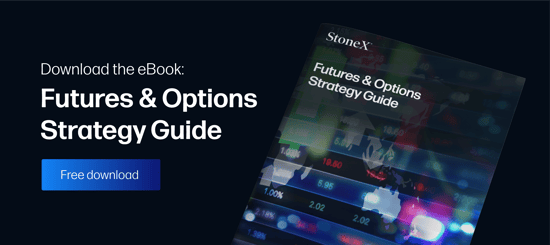The futures markets are dynamic atmospheres where business is conducted at near light speeds. To succeed in this hypercompetitive arena, low latency trading is critical to engage the marketplace with maximum efficiency.
As anyone that has traded futures can attest to, abrupt and swift pricing fluctuations are commonplace. In order to stay on the lead lap in this environment, a trader must do everything possible to reduce trade-related latency.
What Is Low Latency Trading?
In the modern technological realm, the term “latency” is defined as being the total amount of time it takes a single data packet to travel from one designated point to another. Trade-related latency is simply the amount of time it takes for an order to be executed, from mouse-click to fill at the exchange.
Low latency trading is a factor capable of improving performance and substantially impacting a trader’s bottom line. Fill slippage due to increased latency can negatively influence the overall efficiency of market entry and exit. Depending upon the product being traded and current market participation levels, money lost to slippage can be substantial.
The concepts of trade-related latency and slippage seem simple enough: Just get rid of any undue latency, and all will be well. Unfortunately, it’s a bit more complex than that. Here are a few key determinants of trade-related latency. Some are elementary and easily remedied, while others are more challenging to address:
- Internet connectivity: The internet connection is a key to transferring information to and from the market. Bottlenecks and data lag are important issues that may affect the speed of a trader’s connection to the exchange.
- Local hardware: The trading hardware must be in proper working order. Whether it’s a desktop computer or mobile device, seamless functionality is a necessity.
- Platform performance: Software trading platforms are the trader’s portal to the market. Any glitches or compatibility issues can cause problems sending or receiving data in real-time.
- Order routing: Order routing can be complex. Different brokers have unique relationships with different exchanges. The performance of a broker’s technological infrastructure is a key element impacting trade-related latency.
Maximizing internet connectivity and hardware performance are relatively straightforward tasks. However, meeting any challenges related to platform functionality and order routing are often out of the trader’s hands.
Is It a Lost Cause?
There’s no denying that retail traders will always be fighting an uphill battle when trying to outrun institutional players. Huge amounts of capital are invested every year in latency-reducing technologies, and those resources are not typically available to retail traders. When it comes to speed, the playing field is not perfectly level.
Nevertheless, traders should strive to promote efficiency within their trading operations. Reducing trade-related latency will improve the bottom line and increase the overall chance of profitability. In order to do that, there are many steps that may be taken:
- Monitor exchange connectivity: A robust connection to brokerage and exchange-based servers is a must. Regular “ping” tests with the appropriate servers can shed some light on the connection’s strength.
- Hardware due diligence: Regular maintenance and hardware updates are necessary to keep pace with the competition.
- Automation: Fully automated trading strategies can greatly reduce the amount of time it takes to interact with the market. Automated strategies may operate from co-located servers at the exchange, greatly reducing latency.
- Server-side order hosting: Server-side order hosting is a necessity for reducing latency. Having orders held at the exchange for execution is crucial to receiving consistently agreeable fills.
- Direct market access (DMA): DMA is one of the best ways to eliminate high degrees of latency. Under DMA, orders are placed directly at the exchange without first being routed through an intermediary.
It’s important to realize that executing hundreds of thousands of trades perfectly every day isn’t an option for most market participants. Trying to beat institutional high-frequency traders in and out of the market is like trying to outrun a Ferrari on horseback. It isn’t going to happen.
However, all is not lost. Given a well-defined strategy, adequate technology, and competent guidance, a trader doesn’t need to conduct trade in milliseconds to succeed in the marketplace.
The Good News
The good news is that the abundance of market participation attributed to low and ultra-low-latency traders creates opportunity. High volumes increase overall market liquidity, thereby streamlining the process of price discovery. Order flow drives price action, and movements in price can be capitalized upon. Through the development of a comprehensive strategy and the elimination of unwarranted latency, success in the futures markets may be right around the corner.



